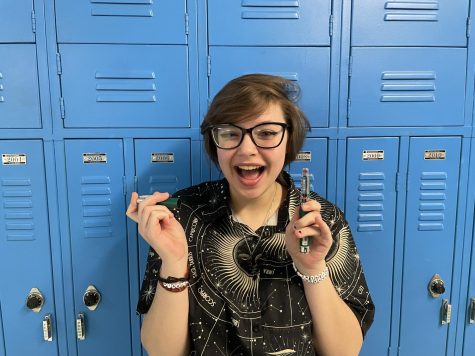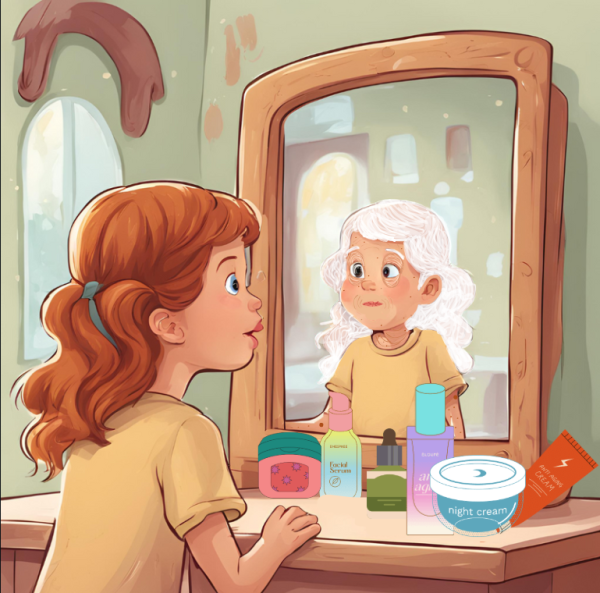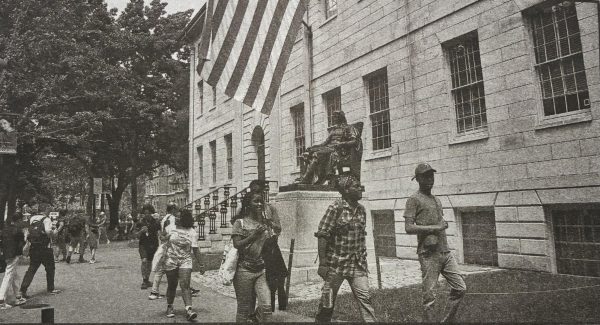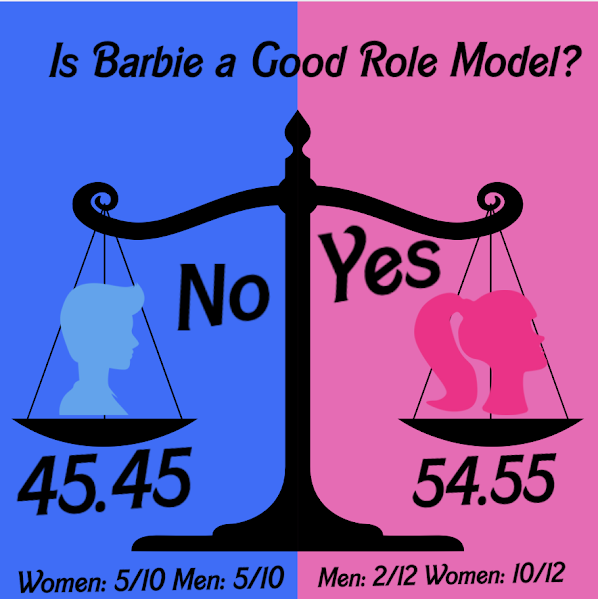Editors’ Debate: LGBT Education: Yay or Nay – Pro
In a historic and much needed addition, New Jersey Governor Phil Murphy recently passed a new law that requires public schools to incorporate Lesbian, Gay, Bisexual, and Transgender (LGBT) rights movements into the curriculum.
California passed a similar bill in 2011 known as the FAIR [Fair, Accurate, Inclusive, Respectful] Education Act, making New Jersey the second state to implement such a curriculum in public schools.
The new lesson plans will begin by 2020, though some believe it can be integrated sooner, projecting that the law will not affect school budgets.
However, like most issues involving the LGBT community, this law has sparked a controversial response. Some parents are concerned about what kind of influences this new law will have on their children.
Yet, the current curriculum is already one-sided and biased. By including LGBT history in our schools, we are expanding our understanding of our country’s history. The same was true when schools started to teach about the social injustice concerning women and people of color.
It is important to recognize that this law does not teach sexual orientation—a job that should be left to health teachers—but instead focuses on the LGBT community from a civil rights viewpoint.
Some people argue that an agenda is being forced upon the students. Luckily for these unnerved citizens, the only thing this addition to the curriculum will be teaching is acceptance and tolerance. How could they possibly be angry at that?
Despite what some believe, people of varying sexualities have always existed and are a crucial part of our country’s history. Figures such as Leonardo da Vinci and Oscar Wilde were both widely known for having relationships with men. By acknowledging these famous icons’ sexuality, LGBT youth will be able to see themselves represented and feel like they have a voice.
This law is not only about the effects it will have on LGBT youth, but the community as a whole.
It is no secret that children are already surrounded by messages regarding the LGBT community, and more often than not, they’re not supportive. As reported on their website, the Human Rights Campaign shared a statistic that said, “92% of LGBT youth say they hear negative messages about being LGBT.”
Hopefully, by introducing the LGBT community to students at a young age, students will become more accepting and LGBT-related bullying will decrease.
This new law is no different from the rest of the public school system curriculum. Citizens are simply using their own personal prejudices as an excuse to dismiss a change that is sure to help everyone.










